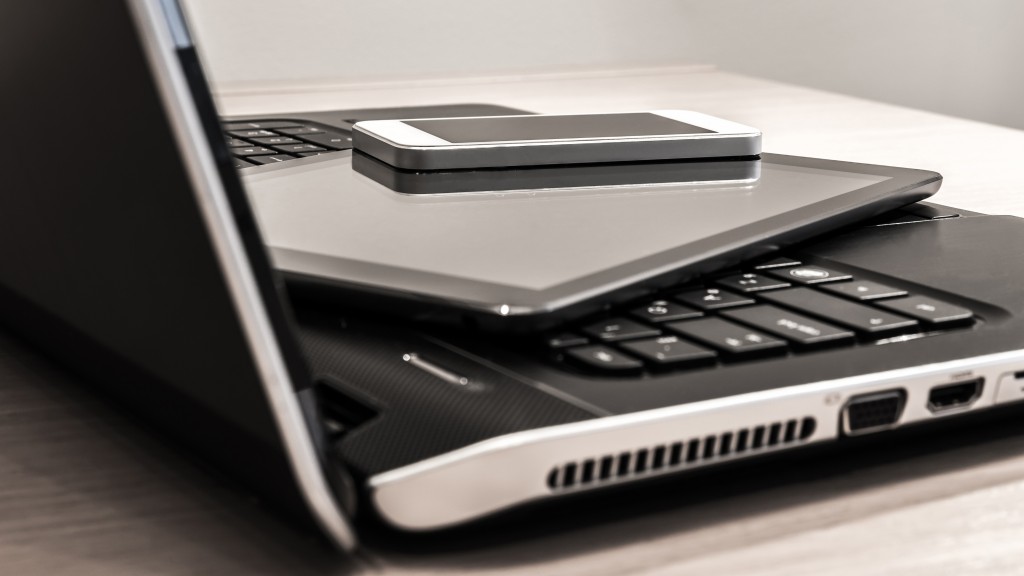New PSA educates consumers about fire risks of household lithium-ion batteries
In time for the holidays, FSRI offers tips for proper use, charging, and storage of devices with lithium-ion batteries

Because tech gadgets are popular gifts over the holidays, the Fire Safety Research Institute (FSRI) is reminding consumers of the unique fire risks lithium-ion batteries pose and how to prevent fires through proper storage, charging, and recycling.
Batteries commonly found in household products
Lithium-ion batteries are commonly found in household items like personal shavers, remote control toys, drones, laptops, handheld power tools, e-scooters, and lawn equipment. These batteries have many benefits, such as longer charge time and higher efficiency, they can also pose a fire risk. They store energy more densely than traditional batteries and can become unstable if damaged (punctured, swollen), improperly used (overcharged), or exposed to extreme temperatures, says the FSRI. This instability can lead to overheating, sparking, and even explosions.
A new PSA aims to educate consumers about the potential for battery fires
FSRI has released a new public service announcement (PSA) to educate shoppers about the safe selection and care of lithium-ion battery-powered devices. The PSA vividly demonstrates the energy potential stored within a range of lithium-ion battery sizes from one to more than 100 cells that are used in many common household devices.
"The size of the battery scales the potential severity of the consequences of improper handling, charging, and storage," says Dan Madrzykowski, FSRI senior research director. "The larger the battery, the higher the energy potential, which means they release more energy when they fail, leading to faster fire spread and potential damage."
An increase in lithium-ion battery fires worldwide
Fire departments worldwide are experiencing an increase in fire incidents, injuries and deaths involving lithium-ion battery-powered devices. According to data from UL Solutions, since 2022 there have been 188 explosions and more than 3,000 fires caused by consumer products powered by lithium-ion batteries.
For people giving or receiving tech gifts this holiday season, FSRI's "Take C.H.A.R.G.E. of Battery Safety" tips outline how to properly select, care for and dispose of lithium-ion battery-powered devices:
- Choose certified products: Prioritize your safety by selecting lithium-ion battery-powered devices certified by a nationally recognized testing laboratory to ensure they meet important safety requirements.
- Handle lithium-ion battery-powered devices with care: Always follow manufacturer guidelines and use the provided charger for lithium-ion battery-powered devices. Avoid modifying batteries or chargers and charge your devices in safe environments away from extreme temperatures, direct sunlight, and flammable materials. For larger devices, such as e-bikes, charge in a location that does not block your exit path, separate from sleeping areas, and ideally outside your home. Refrain from overnight charging of large devices.
- Always stay alert for warning signs: Regularly inspect devices for any signs of damage, such as swelling or punctures. Be aware of unusual sounds like hissing or popping. Watch out for excessive heat or a strange odor. White or gray wispy smoke indicates there is immediate danger of fire. If you notice any of these warning signs, immediately stop using the device.
- Recycle devices and batteries properly: Responsibly dispose of old or damaged batteries and devices by taking them to a designated battery recycling centre. Never discard batteries, chargers or battery-powered devices in regular trash bins.
- Get out quickly if there's a fire: Know the warning signs to look and listen for and get out if you see or hear them. Follow your home fire escape plan to leave immediately, closing doors behind you as you exit, and call 9-1-1.
- Educate others on safe practices: Help protect your friends and loved ones by sharing how they can Take C.H.A.R.G.E. of battery safety.
It is crucial to see these guidelines not as individual tips, but as interconnected steps, says FSRI. Each measure supports and reinforces the others. Embracing and adhering to all of these guidelines can significantly reduce risk and create a safer home or work environment.


